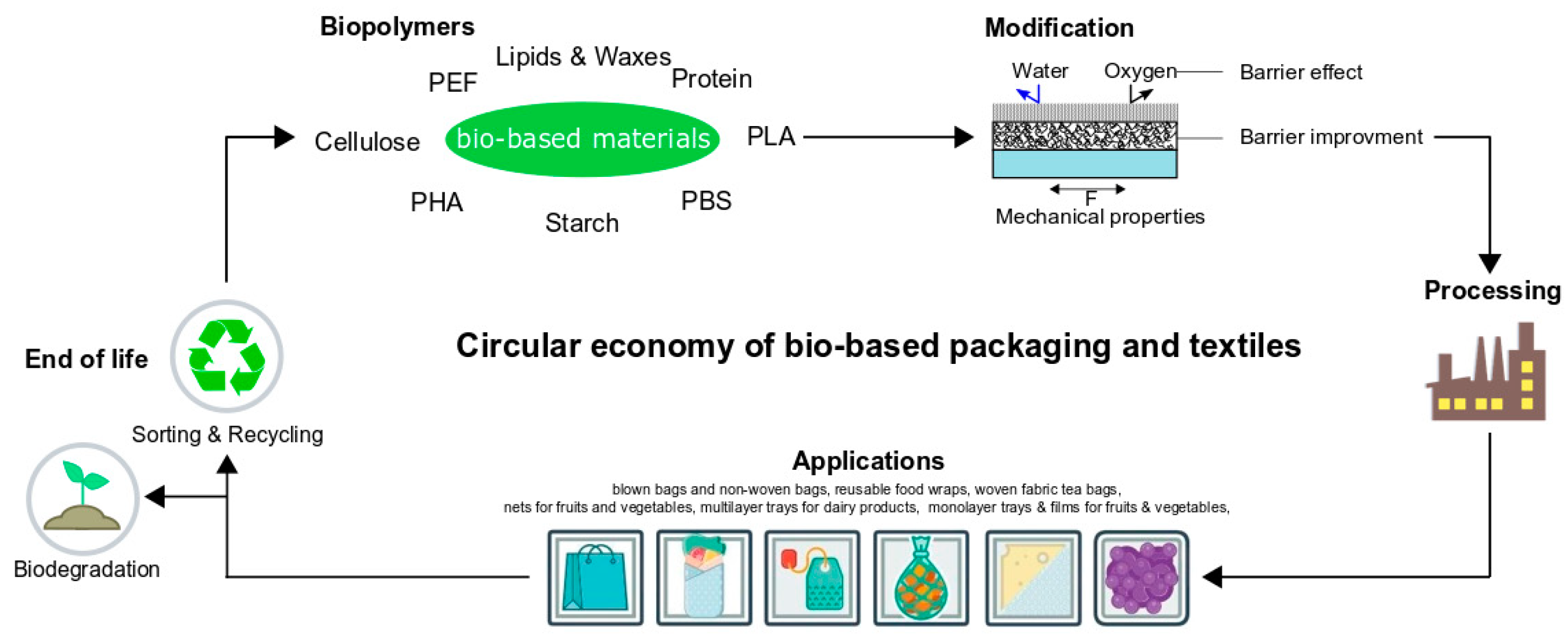


Thirty Years of Scholarship in Multicultural Education

A brief history of multicultural education “Yes, multicultural education is important, but in the face of the hateful violence being visited on so many of our students and communities, it is simply not enough,” Au writes in a paper published in Multicultural Perspectives in 2017. Lessons on their culture may help them start to understand how privilege and White supremacy began.”Īt the same time, Eakins and others, including education professor Wayne Au of the University of Washington Bothell, have criticized multicultural education for falling short in preparing youth to confront and dismantle racism. We need to teach our White students about what their cultural background is and their ethnic backgrounds so they can understand and think about their language and religions going back to their ancestry. “It’s not uncommon for White people to say, Oh, I’m just White. Sheldon Eakins, a former teacher and school principal who founded the Leading Equity Center, writes about this for the Cult of Pedagogy website:

Many educators and researchers argue that schools serving predominantly white communities benefit tremendously from multicultural education. Anti-racist teachers “create a curriculum with black students in mind” and “view the success of black students as central to the success of their own teaching,” Pirette McKamey, the first Black principal of Mission High School in San Francisco, writes in The Atlantic. Unlike multicultural education, anti-racism education focuses on race and race-related issues. It’s important to note there are significant differences between multicultural education and anti-racist education - two types of education discussed with greater frequency in recent years. colleges and universities train teachers to do this work.Īt the bottom of this page, we added a list of resources to help journalists better understand and contextualize the issue, including federal data on how student and teacher demographics have changed over time and links to organizations with expertise in multicultural education. We also included studies that reveal problems in how U.S. One goal of multicultural education is developing the attitudes, knowledge and skills students need to function in different cultures and join a global workforce.īelow, we provide a sampling of academic research that looks at how multicultural education has changed in recent decades and inconsistencies in the way today’s teachers teach it. These programs, which vary by state and even within individual school districts, “should directly address issues of racism, sexism, classism, linguicism, ableism, ageism, heterosexism, religious intolerance, and xenophobia,” the association explains on its website. Multicultural education, broadly, is a range of strategies educators use to help students “develop a positive self-concept by providing knowledge about the histories, cultures, and contributions of diverse groups,” according to the nonprofit National Association for Multicultural Education. As American public schools have grown more diverse, educators have introduced multicultural education programs to help kids understand and appreciate the differences among them - differences in terms of race, religion, socioeconomic status, sexual identity and other personal characteristics.


 0 kommentar(er)
0 kommentar(er)
